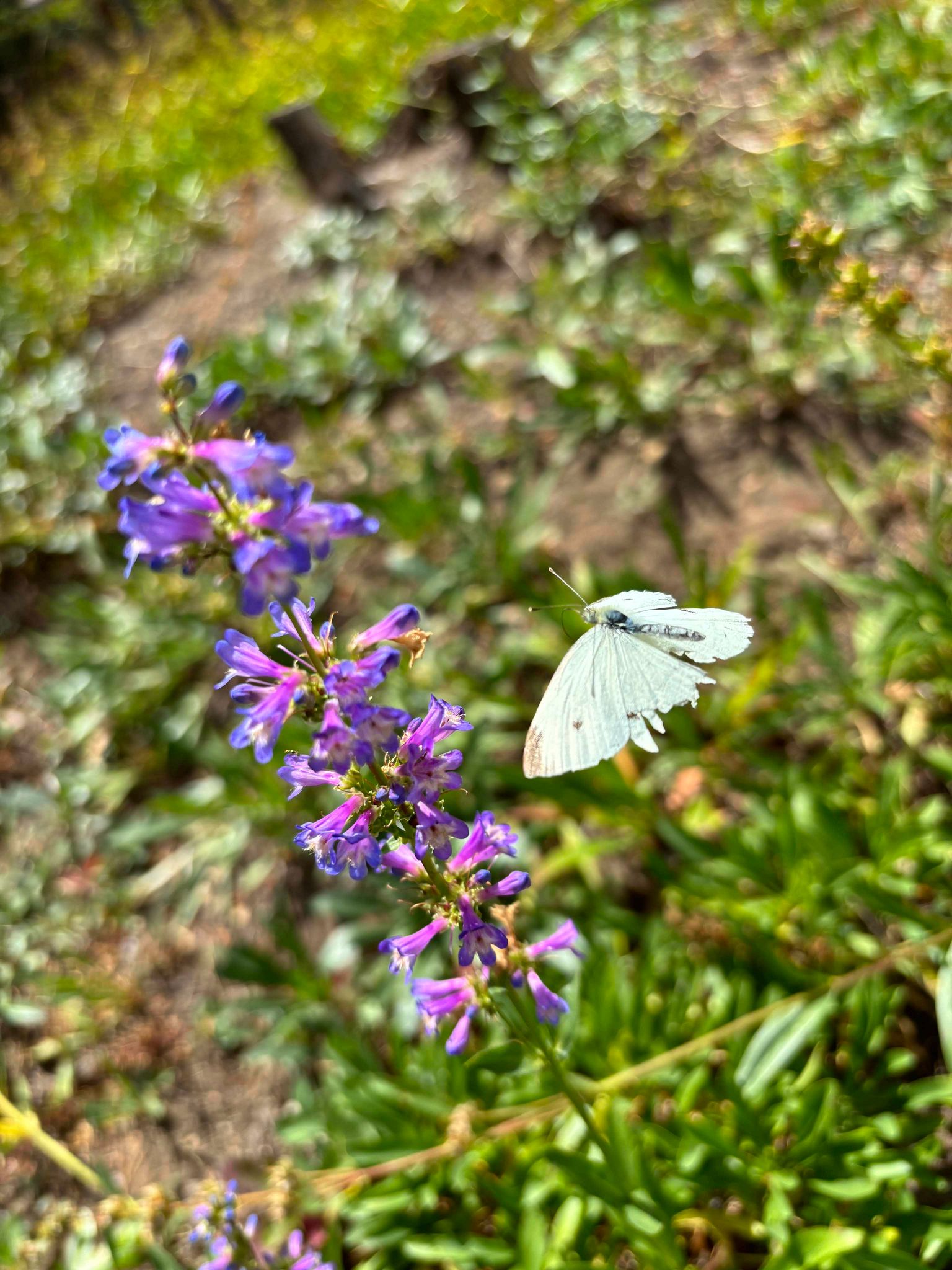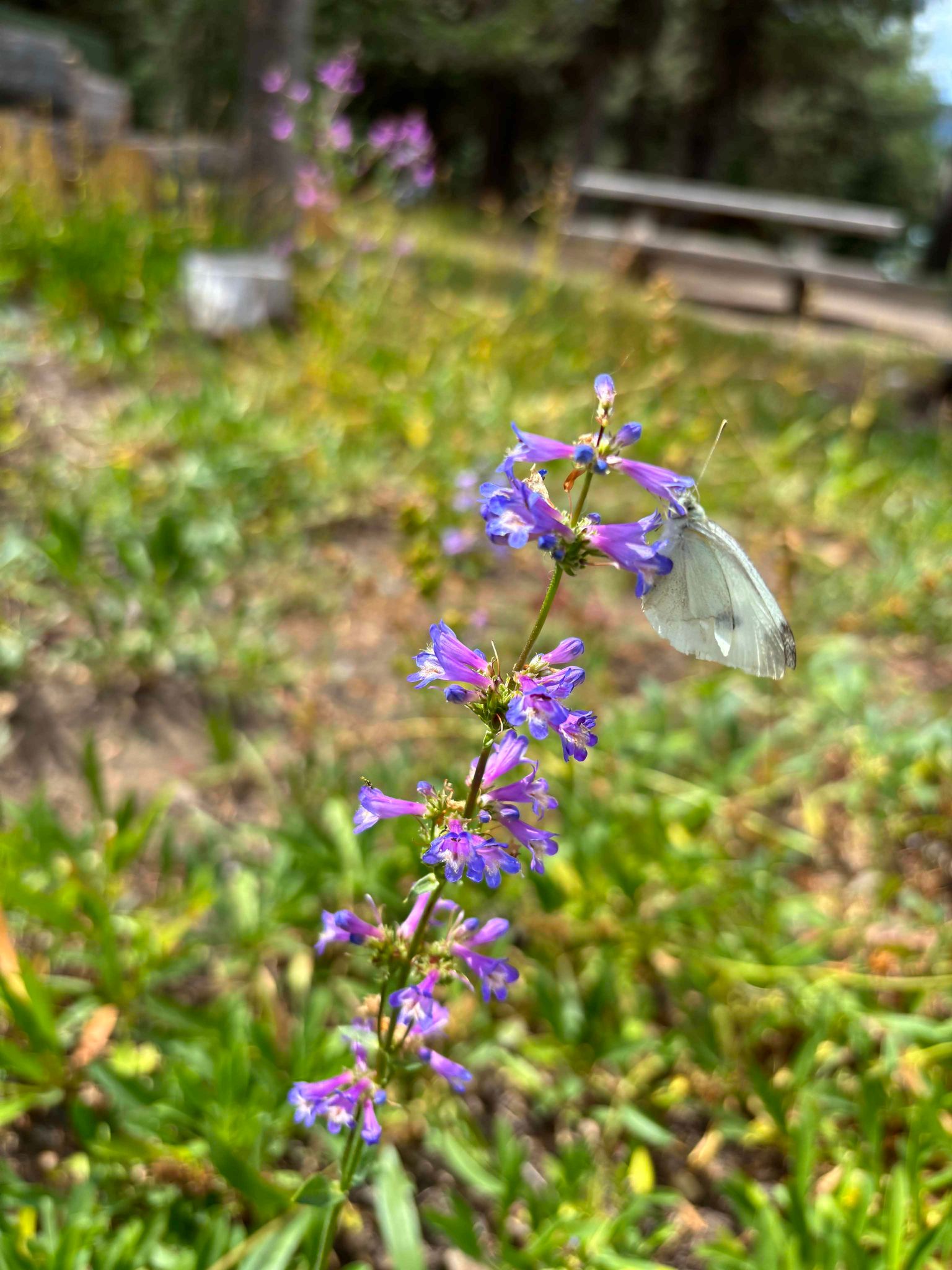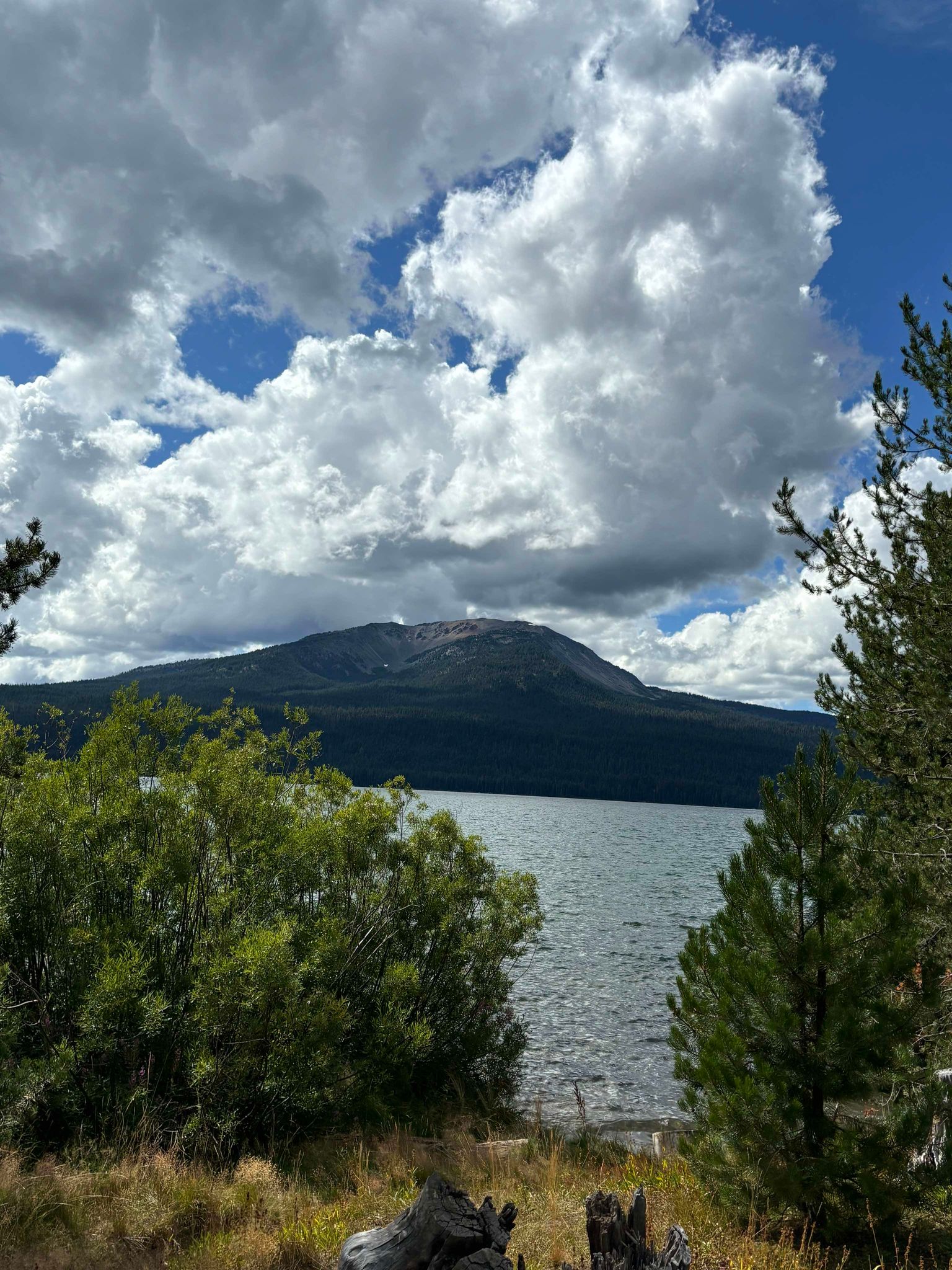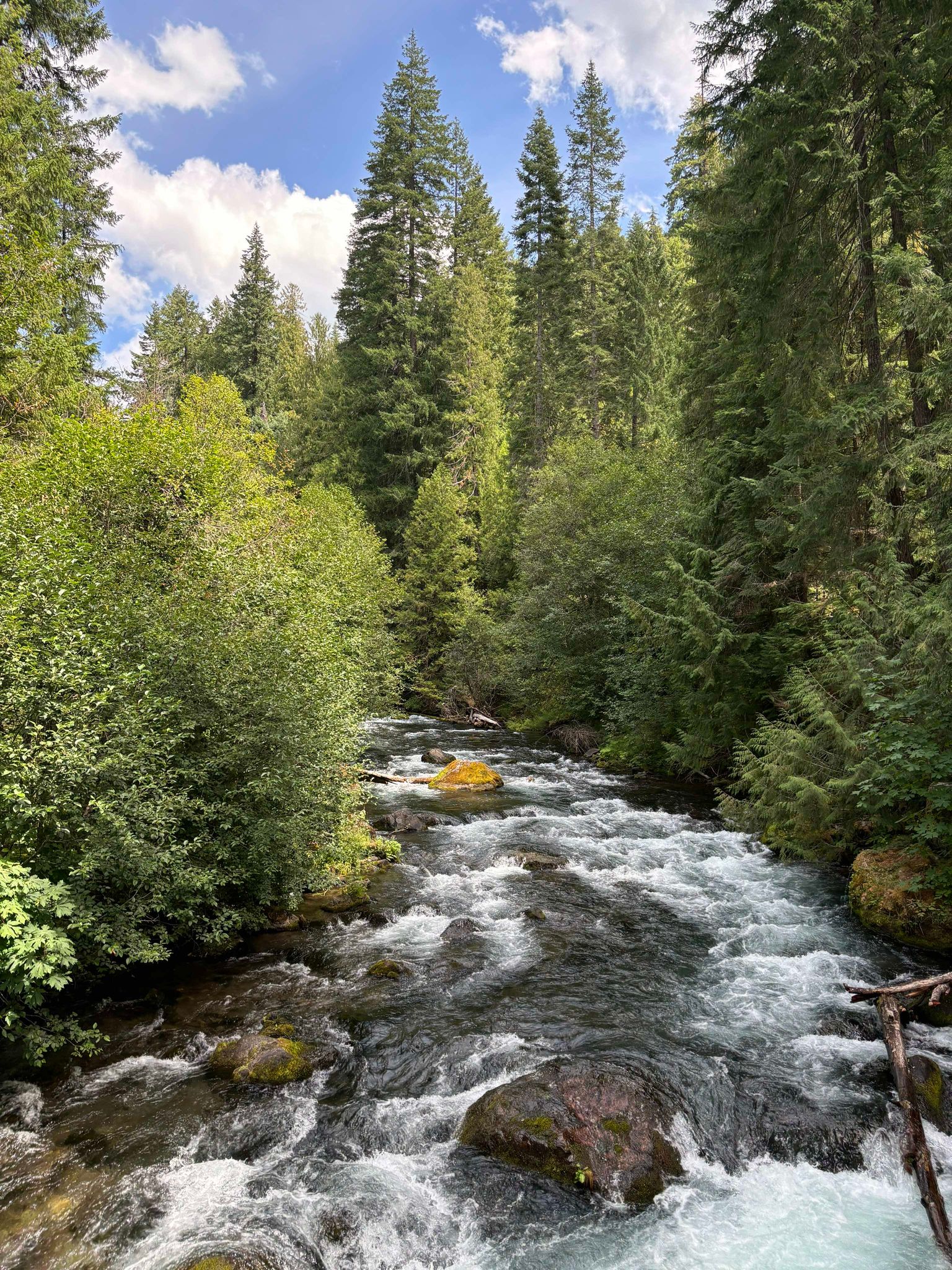Hello again from Umpqua National Forest!
August has been a month focused primarily on seed collection, as many plants have begun to dry out and complete their life cycles. We’ve broadened our collection this month to include several new species: nettle-leaf giant hyssop, celebrated for its aromatic foliage and striking spikes of purple flowers (the fragrance of which lingers on your hands long after you touch it); cow parsnip, with its towering, umbrella-like clusters of white blooms that almost look like something from a prehistoric landscape; aspen fleabane, a delicate wildflower resembling a daisy; and Rydberg’s penstemon, whose vibrant tubular flowers act like a neon “open” sign for pollinators.


The mornings here are starting to feel notably cooler, hinting at the gradual onset of the fall season. The crisp air is a refreshing reminder of the changing times and the approaching end of our busy fieldwork season. With the cold also comes the ceremonial layering of jackets and sweaters, only to strip them off by noon because the day heats up again—a constant guessing game with the weather.
Our botany team has also evolved this month. We’ve gone from nine members to five, as some colleagues have left to return to school for the academic year. It feels a bit like losing key players in a big game, but I’m committed to making the best of it and continuing our work with the same dedication and enthusiasm. Another development this month has been the gradual improvement in fire conditions. Earlier, wildfires limited our access to many regions, with heavy smoke reducing visibility. Now, as some of the fires subside, air quality has noticeably improved, and previously closed areas are becoming accessible once more. Overall, August has been a month of transition and discovery.


Each day feels like a new chapter in this ongoing adventure, filled with stunning views, unexpected encounters, and the ever-present reminder that nature’s beauty is both resilient and ever-changing.
